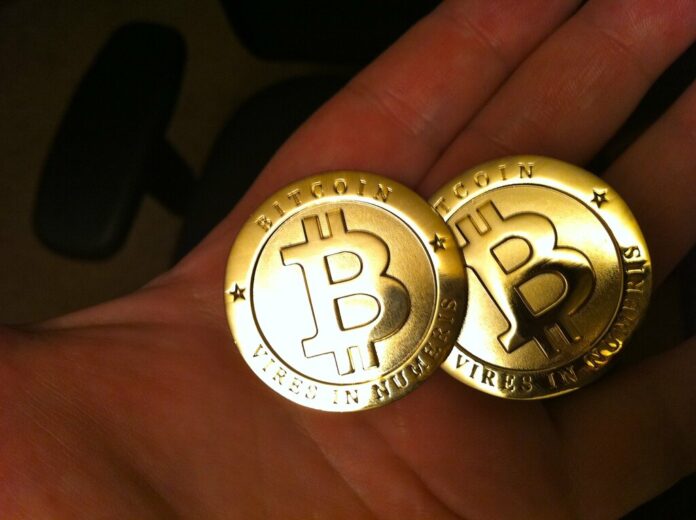One of the largest publicly traded Bitcoin mining companies, Marathon Digital Holdings (MARA) is advertising a $2 billion stock offering to strengthen its Bitcoin reserves. MARA’s move further reinforces the company’s second-place status within corporate Bitcoin owners, behind MicroStrategy. But there’s been a debate on whether this strategy to raise capital by selling stock to buy Bitcoin is alright, as stock dilution, market volatility, and sustainability will happen with this.
MARA’s Expansion Plan: A Bold Move
MAR has, in a March 28 SEC filing, teamed up with Cantor Fitzgerald and others to sell up to $2 billion in stock over time through an at-the-market (ATM) offering. Most of the proceeds will be used for:
- Acquiring more Bitcoin
- General corporate purposes and working capital
At present, MARA has more than 46,374 BTC, worth about $3.9 billion. This is part of its so-called ‘HODL’ strategy, aiming to disregard the stock of Bitcoin mined.
That is not MARA’s first major capital-raising initiative. The company sold $1.5 billion of stock and issued $1 billion of zero-coupon convertible senior notes in 2024. They are a part of MicroStrategy’s push to become a bitcoin treasury, too.
Following MicroStrategy’s Playbook
It’s a coincidence that MARA’s strategy is so similar to the one created by MicroStrategy (MSTR) and its head, Michael Saylor, who has set out an ambition to buy as much Bitcoin as possible. MicroStrategy started buying Bitcoin in 2020 and has accumulated over 506,000 Bitcoin (˜$42.4 billion).
Employing MicroStrategy to fund the BTC acquisition is a method that has come under fire by critics for its potential ability to create financial risk in the form of convertible notes, selling of stock, and debt/loan raising. And it seems MARA seems to have set on a similar course, amassing more bitcoin using its stock as a toy.
Market Reactions and Risks
Its stock then dropped 8.58 percent, closing at $12.47, on March 28, following MARA’s announcement. Additional decline of another $0.89 was caused by investor concerns over stock dilution and Bitcoin price volatility as it traded after hours.
Major risks to MARA of their strategy include:
Stock Dilution:Selling more stock will also cause stock dilution, which means there will be more shares in circulation, thus decreasing the value of existing shares. MARA could have a hard time valuing its coins, considering that Bitcoin’s price does not increase too much.
Bitcoin Price Volatility:MARA‘s business model is built upon the Bitcoin price increase. While the company will sell their stock, if BTC should happen to take a hit, the affordability of the stock sale becomes even more difficult.
Stock and Debt Bitcoin Buys: These companies like MicroStrategy, MARA,etc have come under increased regulatory scrutiny for increasingly using stock and debt to buy Bitcoin. Similar to a Ponzi cycle where new stock raises are used to further Bitcoin purchases, which drives stock prices higher and funding more raising, some financial analysts have ordered their tactics.
How MARA’s Strategy Differs from Traditional Mining Models.
MARA does not have the same operational costs as traditional Bitcoin miners and thus, unlike them, it does not sell its mined Bitcoin to pay for them. This bullish approach would drive high returns if the market is going up, but here, MARA can be highly susceptible to Bitcoin’s price swings.
On the other hand, Riot Platforms and other mining companies have taken a middle road by selling off a fraction of their Bitcoin holdings to survive, and being less reliant on external capital raises.
Will MARA’s Plan Succeed?
MARA made it very clear to investors with its $2 billion stock offering that they are behind Bitcoin as a long-term asset. In the event that the price of Bitcoin continues to soar, MARA will also have plenty to gain by following its HODL strategy. These risks, however, include stock dilution, a market downturn, and financial instability.








